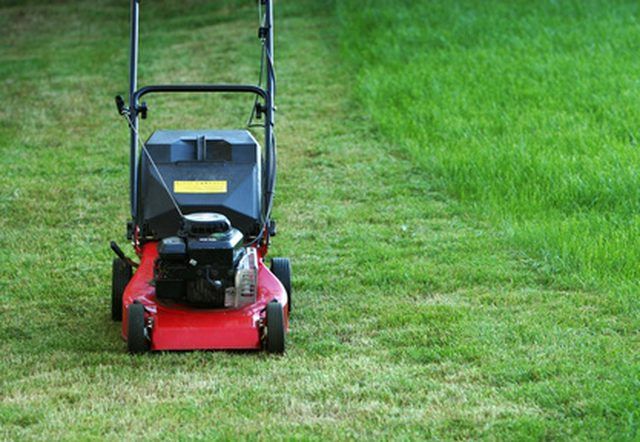Bulbs
Flower Basics
Flower Beds & Specialty Gardens
Flower Garden
Garden Furniture
Garden Gnomes
Garden Seeds
Garden Sheds
Garden Statues
Garden Tools & Supplies
Gardening Basics
Green & Organic
Groundcovers & Vines
Growing Annuals
Growing Basil
Growing Beans
Growing Berries
Growing Blueberries
Growing Cactus
Growing Corn
Growing Cotton
Growing Edibles
Growing Flowers
Growing Garlic
Growing Grapes
Growing Grass
Growing Herbs
Growing Jasmine
Growing Mint
Growing Mushrooms
Orchids
Growing Peanuts
Growing Perennials
Growing Plants
Growing Rosemary
Growing Roses
Growing Strawberries
Growing Sunflowers
Growing Thyme
Growing Tomatoes
Growing Tulips
Growing Vegetables
Herb Basics
Herb Garden
Indoor Growing
Landscaping Basics
Landscaping Patios
Landscaping Plants
Landscaping Shrubs
Landscaping Trees
Landscaping Walks & Pathways
Lawn Basics
Lawn Maintenance
Lawn Mowers
Lawn Ornaments
Lawn Planting
Lawn Tools
Outdoor Growing
Overall Landscape Planning
Pests, Weeds & Problems
Plant Basics
Rock Garden
Rose Garden
Shrubs
Soil
Specialty Gardens
Trees
Vegetable Garden
Yard Maintenance
Are Mower Blades Reverse Threaded?
Are Mower Blades Reverse Threaded?. Lawnmowers help to maintain lawns and cut grass. However, as with all machines, lawnmowers require regular maintenance and care. Removing your blade for sharpening or replacement will require the use of a socket wrench to unbolt the lock nut, which is often reverse-threaded.

Lawnmowers help to maintain lawns and cut grass. However, as with all machines, lawnmowers require regular maintenance and care. Removing your blade for sharpening or replacement will require the use of a socket wrench to unbolt the lock nut, which is often reverse-threaded.
Blade nuts
Most lawnmower blade nuts are reverse-threaded in order to secure the blade on the drive shaft of the engine. This ensures that the blade's rotation does not loosen the nut. However, not all blades use a reverse-threaded nut to secure them to the engine's drive shaft.
Blade Removal and Installation
When removing a blade for maintenance, sharpening or replacement, it is important that the blade is level. Most lawnmowers use a metal plate above the blade to make sure that it is level. If the blade is reinstalled upside down, then it will not cut your grass. According to Yardener, the lawnmower blade should be replaced every two to three years, depending upon the size of your yard. A portable rotary tool with a grinding stone attachment can be used to sharpen the blade.
Safety
It is recommended to remove the spark plug wire before removing the blade. Some lawnmowers also have blade-lock gadgets that help to lock the blade in place while removing and reinstalling it. The blade lock not only keeps the blade from moving while you are trying to turn the lock nut, but also acts as a safety measure for the engine starting while you are working on it.